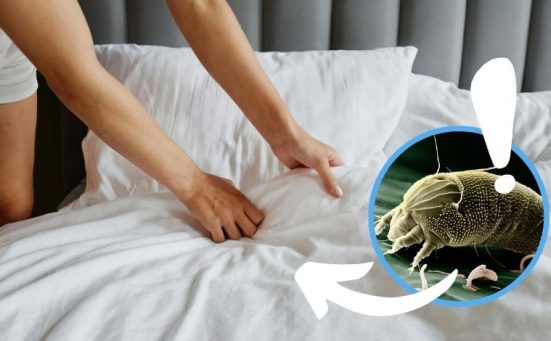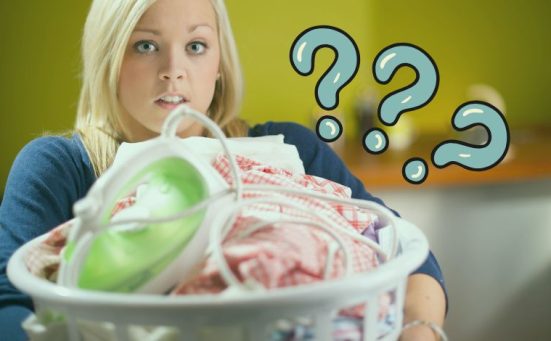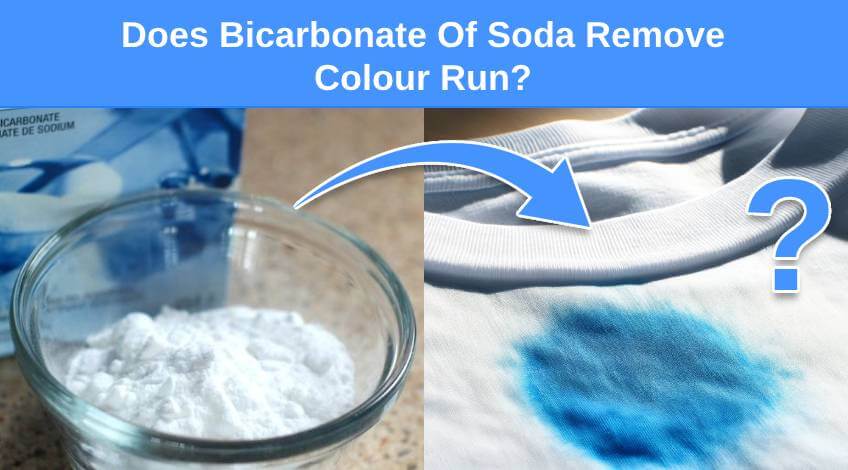
Does Bicarbonate Of Soda Remove Colour Run?
When a coloured garment transfers dye on your other clothes, we call this colour run. Unfortunately, colour runs or colour bleeds can be quite challenging to fix, especially if you don’t use the right products and methods.
One of the most effective things you can use to remove colour run is bicarbonate of soda. Although it is gentle on the fabrics, the bicarbonate of soda’s mild alkaline properties will help lift dirt, odours, and stains, which could solve your colour run problem.
In this article, we will tell you how to use bicarbonate of soda to remove colour runs, and also share some tips to prevent laundry accidents from happening again.
Will Using Bicarbonate Of Soda Be Effective Against Colour Runs?
Bicarbonate of soda can help remove colour runs, as it has the ability to influence the pH balance of the water and has alkaline properties that can lift the dye off.
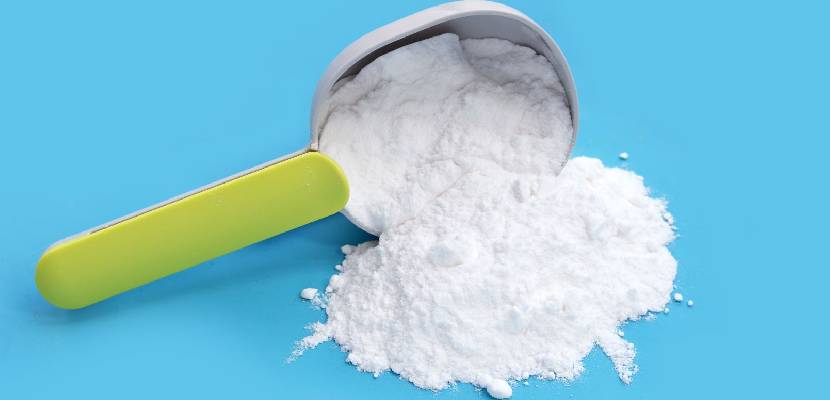
Of course, as bicarbonate of soda is a gentle product, it has its limits. If the stain is too severe, you’ll need to make use of more potent products, like shop-bought stain removers, oxygen bleach, or even natural alternatives such as white vinegar or lemon juice.
Here are the crucial things you need to know or do when dealing with colour runs:
- Get Moving, ASAP
As soon as you notice a colour run, act quickly. The longer the dye sits, the harder it will be to remove. - Identify The Culprit
Figure out which item caused the mess. This stops it from turning your next laundry load into a rainbow too. - Check The Care Labels
Always look at the care instructions on your clothes before trying to fix a colour run. You don’t want to damage delicate fabrics. - Do A Patch Test
Test the bicarbonate of soda on a small hidden part of the garment first. You want to make sure it doesn’t cause any damage. - Avoid The Tumble Dryer
Excessive heat from the dryer can make the colour run permanent. Let the items air dry until you’ve solved the problem.
- ECO-FRIENDLY & NON-TOXIC: A safe, chemical-free alternative to harsh cleaning products. Use it to clean surfaces, freshen carpets, scrub ovens, and clear home odours.
- HEALTH BENEFITS: Supports digestion as an antacid, neutralising stomach acid to relieve heartburn, indigestion, and acid reflux. Alleviates minor skin irritations, and softens skin when added to warm bath water. Gluten-free, paraben-free, and aluminium-free.
How To Remove Colour Runs With Bicarbonate Of Soda
Dealing with colour runs needs time, patience, and in this case – bicarbonate of soda. Here is a simple guide on how to do so, whether you’re using a washer or washing your fabrics by hand:
Soaking The Ruined Fabric + Using The Washer
If you’ve discovered a colour run after taking your laundry out of the machine, don’t worry. Here’s how you can reverse it:
You Will Need:
- Bicarbonate of soda
- Warm water
- Basin
- Detergent
What To Do:
- Start by dissolving one cup of bicarbonate of soda in 4 litres of warm water in a basin. You want to make sure that the bicarbonate of soda is completely dissolved to avoid clumping from the powder.
- Place the garments that have been affected by the colour run into the solution. Make sure they are fully submerged. This allows the bicarbonate of soda to penetrate the fabric and start breaking down the unwanted dyes.
- Let the garments soak overnight, or for at least 8 hours. This will help the bicarbonate of soda do its job, as just soaking for a few minutes will not be enough.
- After soaking, you can wash the garments as you normally would. Repeat if necessary.
TIP: For added effectiveness, add half a cup of bicarbonate of soda into the washing machine along with your regular detergent. This not only helps in further removing the colour run but also brightens your clothes and removes any lingering odours.
Applying A Paste On The Stain + Handwashing
Dealing with a colour run does not really require a washing machine. If you want to do it the old-fashioned way, here’s how to remove stubborn stains with a combination of bicarbonate of soda paste and handwashing technique:
You Will Need:
- Bicarbonate of soda
- Soft-bristled brush (old toothbrush will do)
- Cold running water
- Detergent
What To Do:
- Mix three parts bicarbonate of soda with one part water to form a thick paste. The consistency should be spreadable but not too runny, allowing it to cling to the fabric.
- Use a soft brush or your fingers to gently apply the bicarbonate of soda paste onto the stained areas. Be gentle to avoid damaging the fabric, especially if it’s delicate.
- Allow the paste to sit on the fabric for about an hour. This gives it enough time to start breaking down the dyes. For more stubborn colour runs, you might want to leave it a bit longer, or overnight.
- After the paste has had time to work, rinse the garment thoroughly under cold running water. Make sure all the bicarbonate of soda is washed out.
- Finally, wash the item by hand using a gentle detergent. Carefully work the detergent into the fabric and rinse well.
TIP: We recommend handwashing your ruined clothes that are made of a delicate material, as it allows you to control the cleaning process and is less likely to cause further damage.
How To Avoid Colour Runs During Your Laundry Sessions
Preventing colour runs in the first place is much easier than trying to fix them. Here are some detailed steps and tips to keep your laundry looking its best and avoid any unwanted dye transfers:
Sort Your Laundry By Colour And Fabric
Sorting your laundry is the first and most crucial step in preventing colour runs. Here’s how to do it properly:
- Separate your laundry into whites, light colours, and dark colours. This prevents dark or vibrant dyes from bleeding onto lighter fabrics.
- Some fabrics are more prone to absorbing dyes than others. For example, cotton is more likely to pick up dye from other garments than synthetic fabrics like polyester. Sorting by fabric type can help reduce the risk of colour runs.
Empty The Pockets
It’s not just about preventing items from damaging your machine or clothes. Sometimes, things left in pockets like tissues can break down and stick to fabrics, or even release dyes.
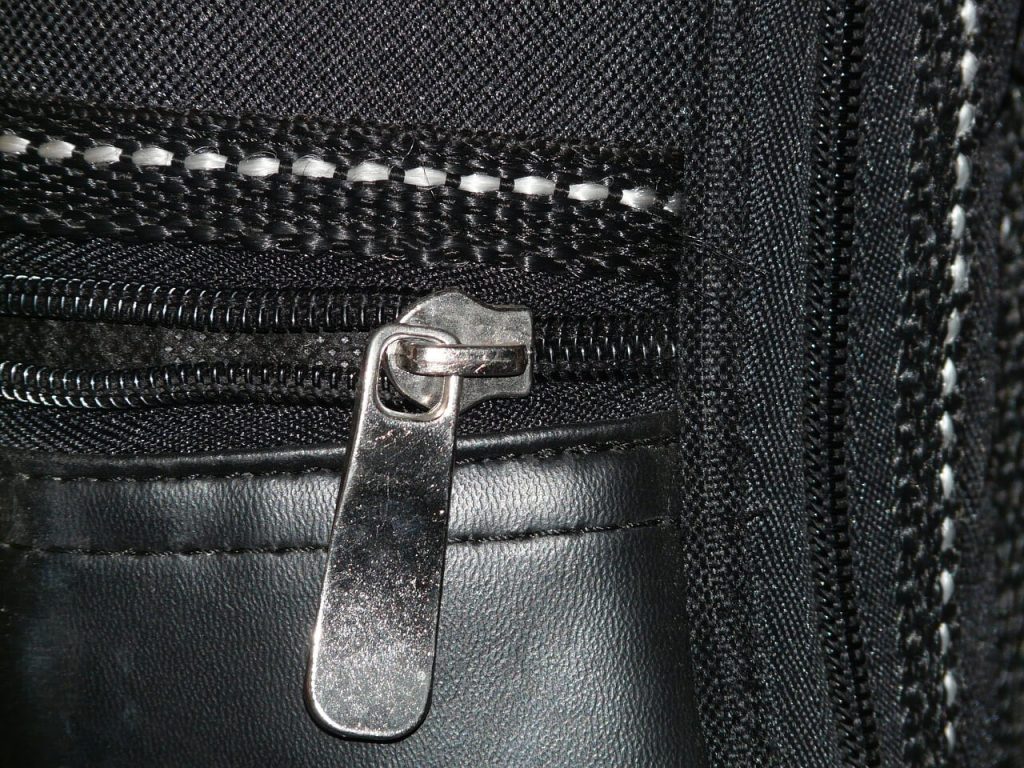
Always check the pockets before putting your clothes in the washing machine.
Use Cold Water
Using cold water for washing has multiple benefits, especially when dealing with colour transfers.
Cold water is less likely to cause dyes to bleed than hot water. This is because heat can open up the fibres of the fabric, allowing the dye to escape more easily. Washing in cold water is also more energy-efficient, which can save you money on your energy bills!
Use Colour Catcher Sheets
Colour catcher sheets are a convenient way to catch any loose dye during the wash cycle. This is because they are specially designed to absorb and trap dyes released into the water, preventing them from settling on other garments.
All you need to do is put a sheet or two into the washing machine with the load, and it will help protect your clothes from colour runs.
- Provides the ultimate protection from colour runs with our in wash sheet
- Revitalises the vibrancy of colours, making laundry look and feel new for longer!
Separate New Clothes
New clothes, especially those that are brightly coloured or dark, can have excess dye that hasn’t been fully fixed into the fabric.
To avoid this, always wash new clothes separately for the first few sessions until you’re confident they won’t bleed dye.
TIP: If you’re unsure, you can test a garment’s colour fastness by dampening a small, hidden area and pressing it with a white cloth. If dye transfers to the cloth, it’s likely to bleed in the wash.
Clean Your Washing Machine Regularly
A clean washing machine can help prevent colour runs in several ways.
Regular cleaning helps remove any dyes that might have been left behind from previous loads, which could transfer to other clothes.

Also, keeping your machine clean ensures it works efficiently, providing a better wash that can help prevent colour runs.
To clean your machine:
- Run an empty hot wash with a machine cleaner or a cup of white vinegar to clean the drum and remove any lingering dyes or residues.
- After each use, wipe down the drum, door, and gaskets with a dry cloth to remove moisture and any residue.
Keep Your Clothes Free From Dye Stains!
Don’t let a colour run ruin your day – or your clothes! Bicarbonate of soda is a cheap, effective way to tackle unwanted dyes in your laundry.
Do you have questions? Feel free to ask them below!
SEE ALSO: Which Laundry Stains Can Lemon Juice Remove?
Frequently Asked Questions
To remove colour runs with bicarbonate of soda, dissolve one cup of bicarbonate of soda in 4 litres of warm water in a basin, submerge the affected garments, and let them soak overnight or for at least 8 hours. For stubborn stains, apply a bicarbonate of soda paste made of three parts bicarbonate of soda to one part water to the stained areas and rinse after an hour or as needed.
Bright colours and dark dyes often cause dye transfer, especially reds, blues, and purples, as they are more vibrant and prone to bleeding.
Bicarbonate of soda does not typically fade colours; it’s gentle on fabrics and used correctly, it helps remove unwanted dyes without altering the original colour of your clothes.
For colour runs, whether bicarbonate of soda or lemon juice is better depends on the fabric and the severity of the stain. Bicarbonate of soda is effective for general colour run removal and is gentle on fabrics, while lemon juice, being acidic, might work better on certain stains but can be harsher on delicate materials and can only be used on white clothes.
Yes, bicarbonate of soda can whiten clothes. Its mild alkaline properties help to lift dirt and odours, which can brighten fabrics and remove some yellowing or dullness.
Also, follow us on Pinterest ...




